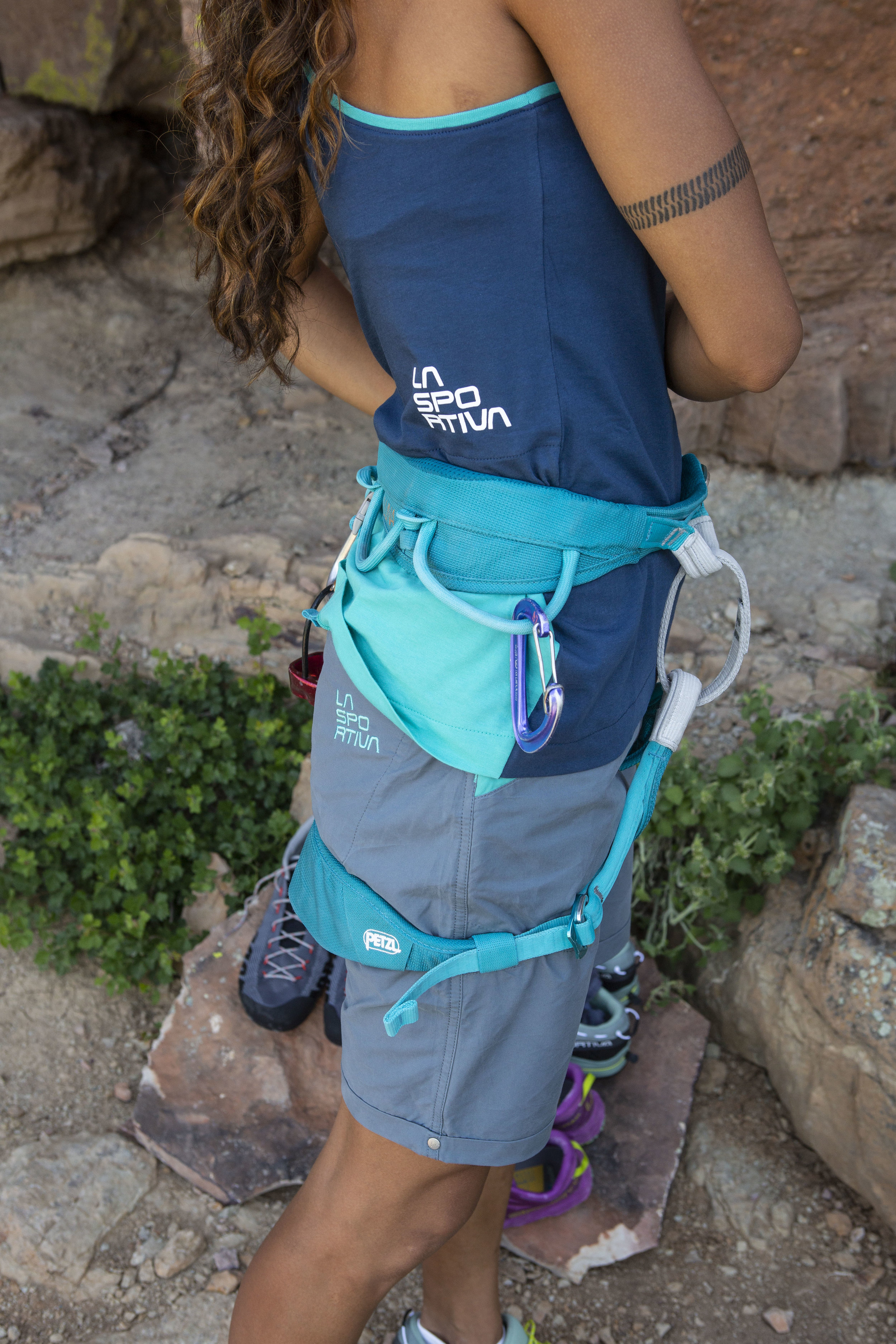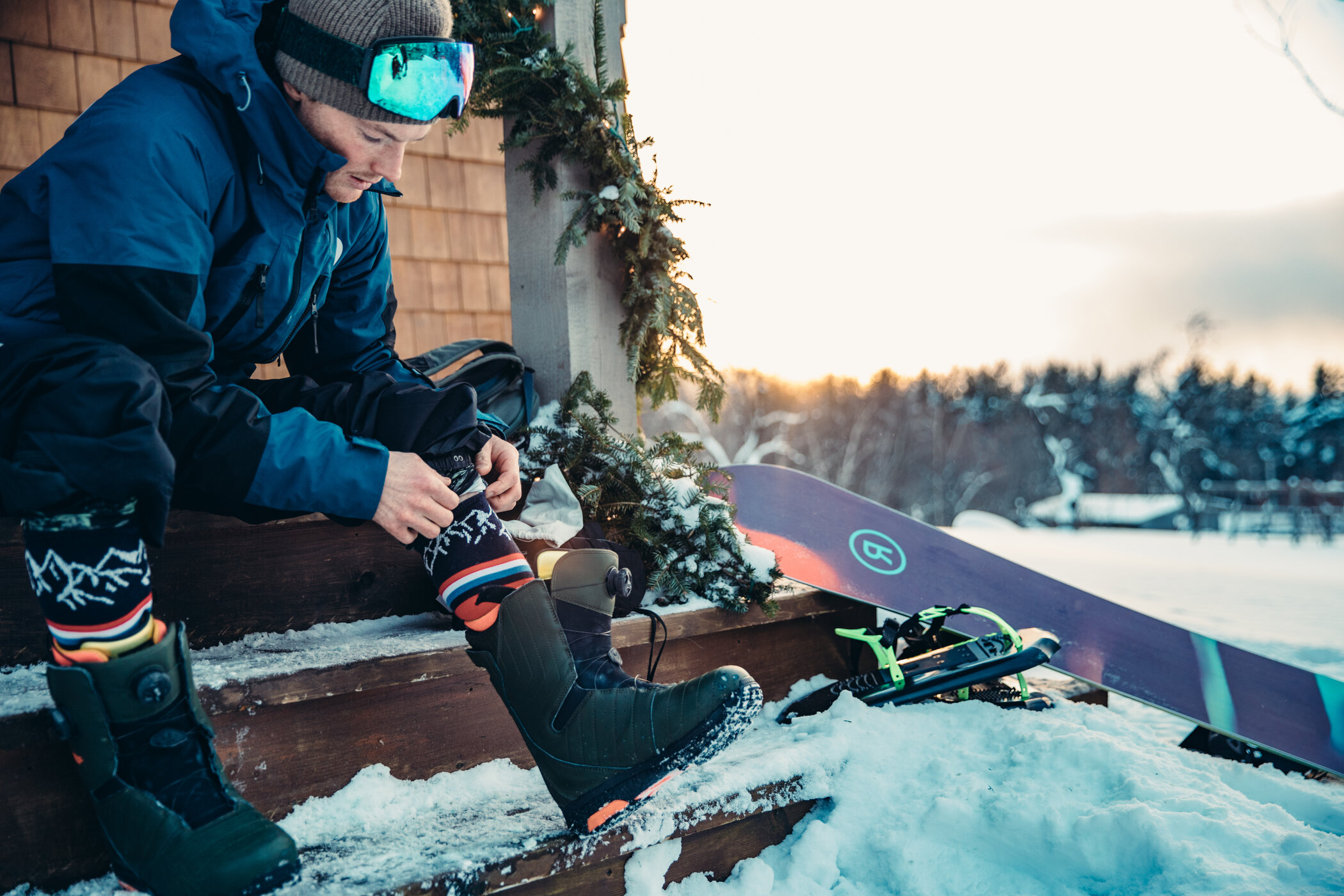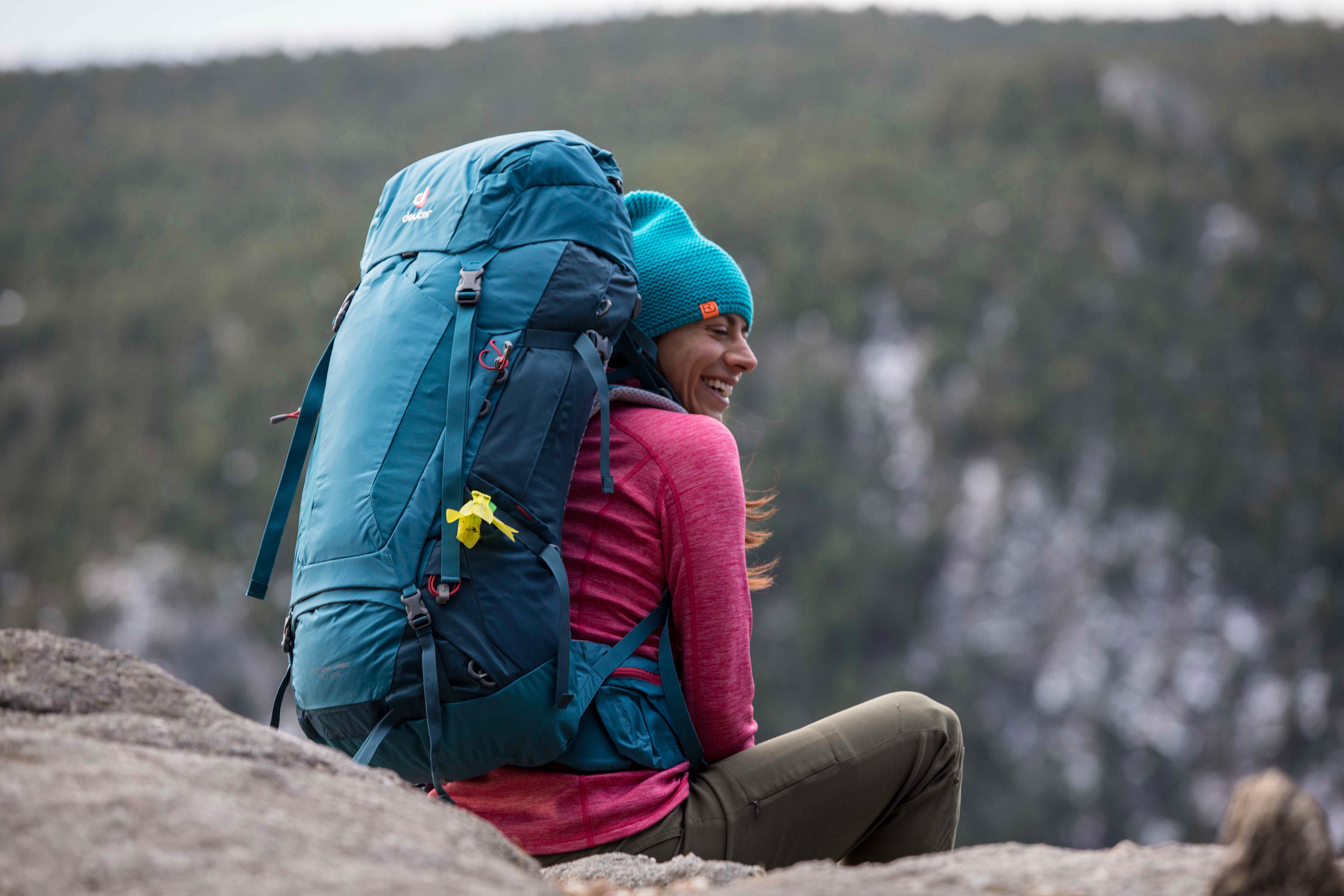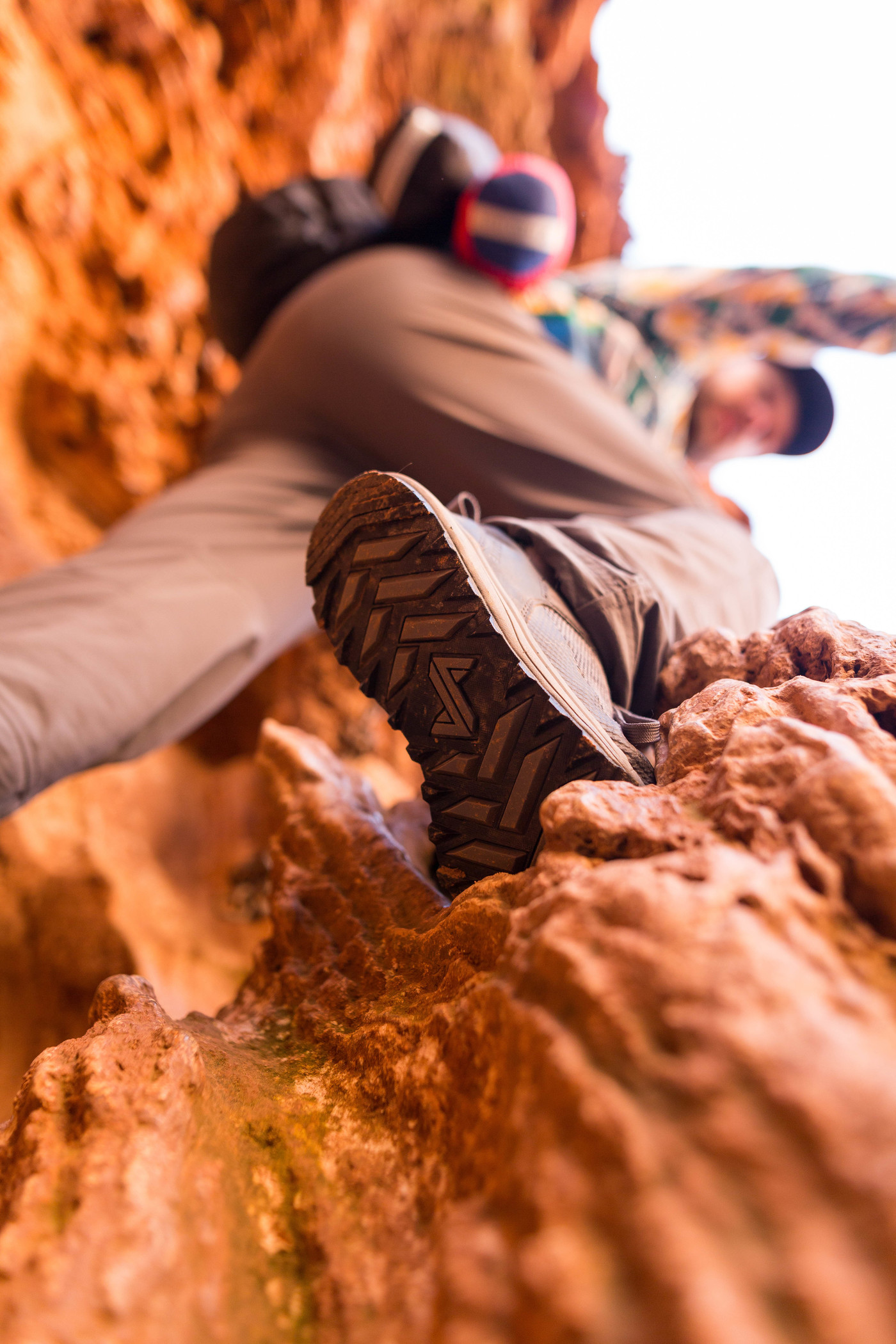Happy Hands While Ice and Alpine Climbing
/I’ve had some cold days lately, but I have been pretty happy about learning how to keep my hands warm most of the time. This includes moments in Bozeman, MT when the wind chill hit numbers in the negative teens, and in Patagonia, where spin drift and warmer temps are sure to mean wet gloves over the course of long days.
When the heavier belay gloves come in handy….belaying from tiny chimney getting shelled by spindrift and ice. Have my climbing gloves in my jacket for relatively delicate climbing it will require to follow. Photo credit: Austin Siadak
I have found a few tricks that I want to detail here. These ideas won’t be news to those who have spent plenty of days on alpine missions, but it took me a bit to dial a system I really liked and to be disciplined about it.
The sets of gloves I brought on Excocet. Ignore the other stuff in the photo, except the Christmas tie, that was another important piece of kit. The blue mitten shells are on the left.
- It goes without saying, but you need to keep your core warm. Mark Allen did a great write up on the OR Verticulture blog about layering during high-intensity winter outings. With some small deviations, this has been my go to outfit every day. By adding and removing layers before I get too hot or too cold, I am able to regulate my core temp well. This means I don’t sweat out my gloves on the approach up, and my body can focus on my extremities rather than my core when it gets cold.
- Multiple pairs of gloves. This is another obvious lesson straight from the pros. I have read blog posts where folks like Will Gadd advocate bringing as many as 5 pairs of gloves. That seems a bit overkill for a “light and fast” adventure, but I do think there is a happy medium. For 1 day trips I tend to roll with three pairs:
- An approach pair like the OR Storm-trackers. These are great multi-purpose gloves that won’t warm up too much on the approach, climb well, and provide great dexterity for dealing with crampons, your pack, etc. My approach gloves, despite my best efforts, will usually be wet by the time I’m heading up the first pitch, but that means I have two more dry pairs for use on the route. If I were to leave a pair behind, these would be the ones to get dropped. They usually go to the bottom of my bag at the end of the approach.
- A thicker glove for belaying and snow climbing where dexterity isn’t important. Here I really like the OR Sensor gloves. They are quite waterproof and warm for their size and weight, and feature a long cuff in case I am digging around in some powder. I use these to belay and I’ll keep them on during pitches where dexterity isn’t important. Typically while leading or following, these go inside my jacket. Usually they are a bit wet, so I just put them inside my first layer.
- Finally, I’ve absolutely loved the Project gloves from OR for technical mixed and ice pitches. I am pretty sure they are new this season, as they were designed with some kind of 3D molding technology to dial the fit. Whatever that actually means, their dexterity, warmth, and fit is stellar. The outside is a Gore layer that keeps them dry, while the inside material is some kind of synthetic polyester that is super warm and soft after they have been in my jacket while belaying.
- Keep your gloves dry. This is a bit more subtle, but as important, if not more important than #2 above. Want to keep your hands warm? They don’t let snow accumulate on them, dig snow pits with them, throw them (or let fall) on the ground, hang them from your harness the by the cuff, or anything else. Very often, I will pull out an ice axe on an approach, even if just hiking through the trees to the base of an ice climb, to use for balance instead of brushing my hand in the snow from time to time.
- To keep them dry, develop a system for managing your sets of gloves at each belay, when stopping for a snack, etc. I scanned over this above, but there are a couple of organizational things I try to stick to. First, my climbing gloves go inside my jacket just next to my base layer until its time to start the pitch. They are usually pretty dry so its not too exciting to stash them there right when I reach the top of the pitch and build a belay. My belay gloves are usually a bit wetter and I’ll throw them under my outer most layer. On the approach, both sets go in a stuff sack with other dry clothes so that I don’t need to worry about them falling on the ground and getting snow inside.
- Finally, consider a pair of mitten shells for multiple days out, wet climates, or colder weather. I don’t have anything fancy here, just a pair of old shells from the snow-boarding days. They are particularly useful if I know I might be digging around in the snow to build a shelter, make an avalanche pit, or just standing around when its really cold. For example, when Jimmy and I dug a snow cave inside a small crevasse to hide from the winds the other day on Super Domo, I put these on first before I did any digging. Without a shovel handle, my hands were sure to get wet, but in these case my belay gloves were still dry underneath.

























